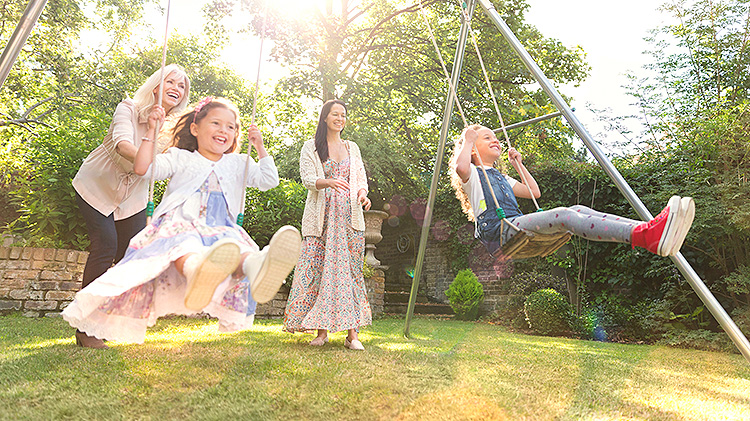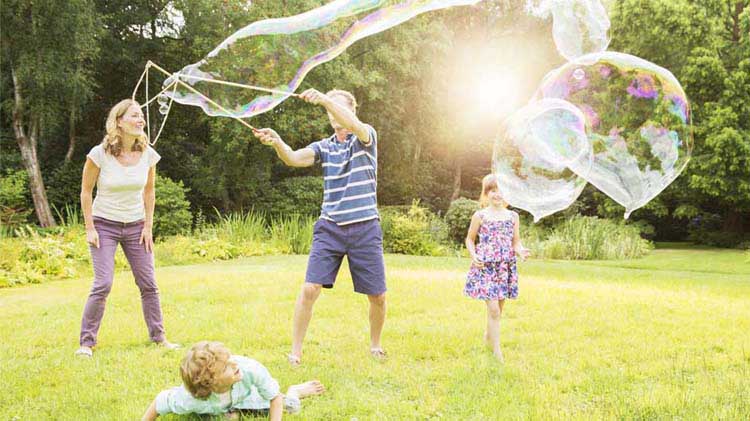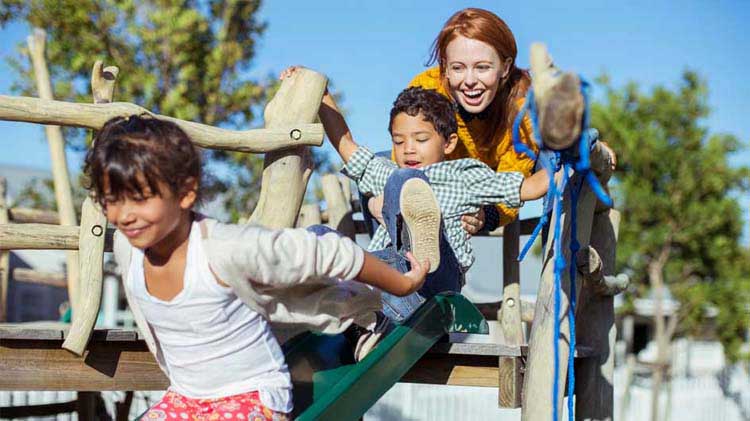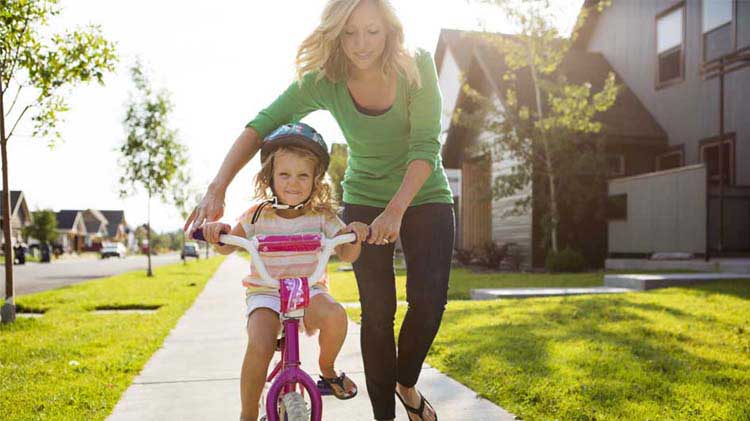Backyard playground and trampoline safety tips
Playing in a backyard playground can cause injuries. Learn some playground and trampoline safety rules to help make outdoor play safer.
Many kids love to play and explore, and one of the common places to do that is their own backyard.
Unfortunately, each year, injuries from home playground equipment and trampolines result in thousands of emergency room visits. So, there's no time like the present for some tips to help make play safer.
Backyard playground safety
Each year, more than 200,000 children visit U.S. hospital emergency rooms due to playground-related injuries. Following the proper playground safety rules can help prevent such incidents. Among the basic safety guidelines listed below, many are suggested by the Consumer Product Safety Commission.
- Install playground sets properly. Follow manufacturer instructions. If you need help, consider contacting a professional installer.
- Don’t use pressure-treated wood. Although many manufacturers of outdoor equipment quit using this material in 2003, double check that your backyard playground equipment doesn't contain pressure-treated wood. It's treated with pesticide/preservatives called chromated copper arsenate (CCA). Exposure to arsenic in pressure-treated wood can increase the risk of certain types of cancers.
- Check for protruding hardware. Hooks, protruding bolt ends, and sharp points or edges can be hazardous. Confirm they are removed or properly covered.
- Install and maintain a shock-absorbing surface. The play area’s protective surfacing should extend at least 6 feet out in all directions beyond play equipment. Depending on the height of the equipment, the playground surface should have at least 9 inches of double shredded bark mulch, wood chips, fine sand or pea gravel. Replenish the base each year as they can lose much of their material or become compacted during the winter.
- Remove tripping hazards. Concrete footings, tree stumps, rocks and other exposed hazards can be dangerous to children running around the playground.
- Check for spaces that could trap children. Openings in guardrails or between ladder rungs should measure less than 3.5 inches or more than 9 inches. Children can become stuck or trapped in these areas.
- See that platforms, walkways and ramps have guardrails. These are common areas where children fall, so double check they are installed.
- Check slide and platform heights. They should be no higher than 6 feet for school-age children, or 4 feet for preschool-age children.
- Never attach ropes, jump ropes, clotheslines or pet leashes. These can be extremely dangerous and cause strangulation.
- Regularly check play equipment. Check that all supports are solid and the surfacing is in good condition.
- Always supervise children. An adult should monitor play to see that children are safe.
Trampoline safety
As much fun as it can be, jumping on trampolines can also be risky for both children and adults. Strains, sprains, fractures and other injuries — such as serious neck and head injuries — can result from falling off a trampoline or using it incorrectly. Below are some trampoline safety tips — many of them provided by WebMD.
- Try to secure parental/guardian permission for any guests/children before allowing them to play on a trampoline.
- Only one jumper at a time. Having multiple people on a trampoline at the same time can lead to injury.
- Advise kids not to attempt somersaults and flips. These are among the most common causes of permanent, devastating cervical spine injuries.
- Try to provide constant, active supervision. Avoid letting children use a trampoline alone and be willing to enforce all safety guidelines.
- Check your insurance policy if you’re a homeowner. Try to disclose a trampoline to your homeowners insurance company proactively. That way you can verify that your current homeowners insurance policy covers trampoline-related claims, or you can make an adjustment, if needed.
- Install protective padding, net enclosure and inspect all parts. Utilize adequate padding in good condition and place over the hooks and springs. Examine these frequently and replace as needed.
- Set at ground level. Set trampolines at ground level whenever possible, or on a level surface and in an area cleared of surrounding hazards.
- Don’t use a broken trampoline. Faulty parts can lead to an increased risk of injury as pieces may come loose and jumpers may fall through to the ground or be cut by exposed metal.
Trampoline injuries
According to the Mayo clinic's 2022 report, between 2009 and 2018, 800,000 injuries were sustained on trampolines — it’s safe to say jumping on one presents a notable risk of injury. To give you an idea of what sort of accidents occur, here are the common injury types.
- Soft tissue injuries like a pulled ligament or tendon may occur during a fall or by slipping on the slick surface of the trampoline.
- Broken bones or fractures may happen due to a fall where the individual lands on the edges of the trampoline or onto hard ground surfaces surrounding the trampoline.
- Lacerations may ensue as well, usually resulting from sharp metal bits that become exposed on the trampoline due to wear and tear.
- Miscellaneous injuries, including bruises, contusions or more serious injuries like concussions or spine injuries are included in the majority of remaining incidents.
Playing in the backyard can create cherished childhood memories. Help keep your family safe by installing and maintaining your backyard equipment properly and ensuring children are supervised.
Trampolines and playgrounds aren’t the only potential backyard dangers. If you have a pool, you might want to consider the leading practices for keeping your home pool safe.




